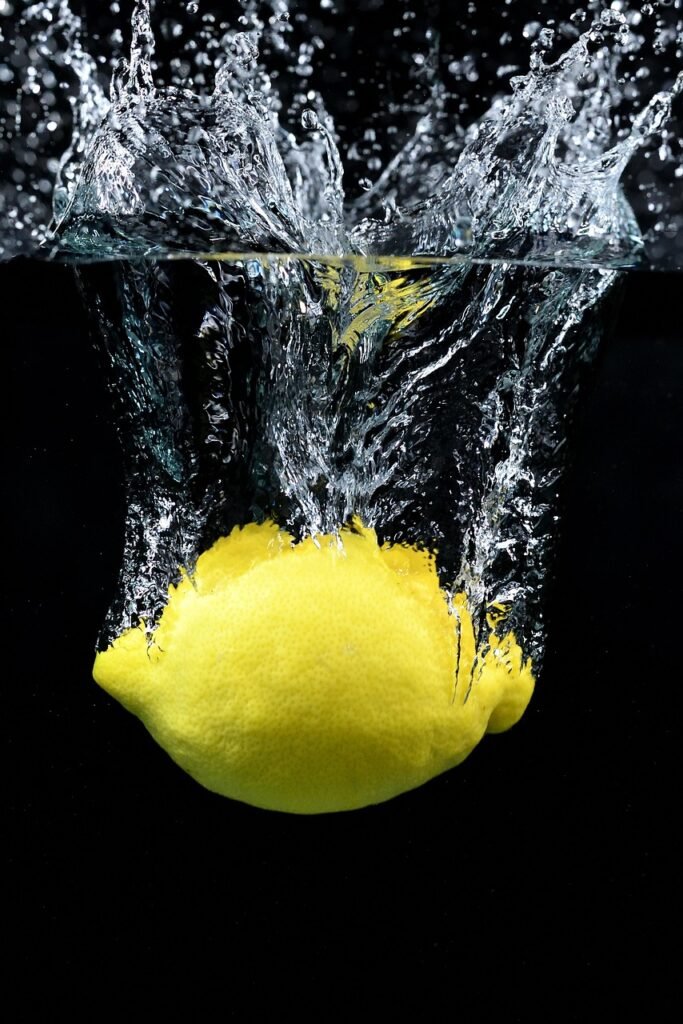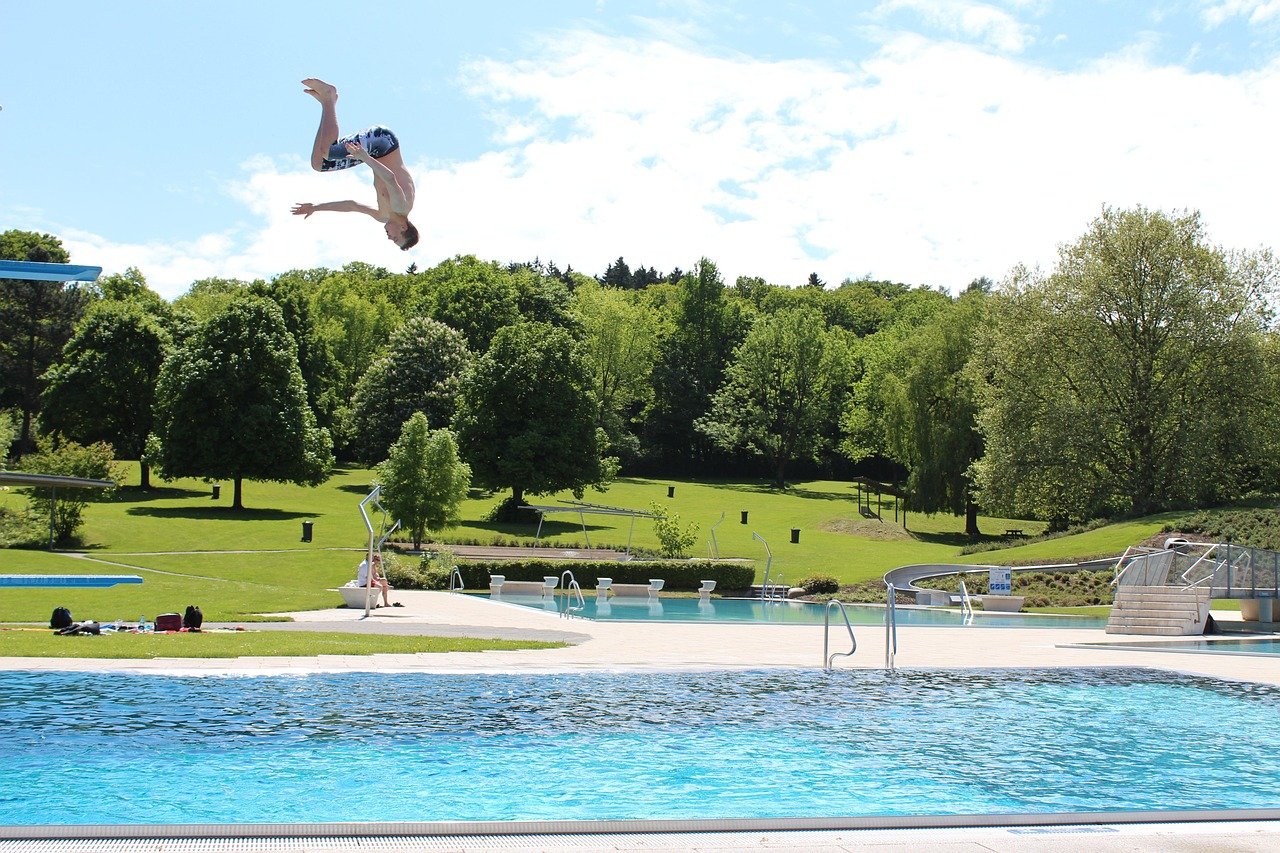What do you think about taking the plunge into cold water? Maybe you’ve considered trying it out for its invigorating benefits but also felt uncertain. Should you move around or stay still while you’re submerged in that chilling embrace? It’s a common question, and the answers can be quite nuanced.

The Basics of Cold Plunging
Cold plunging involves immersing yourself in cold water, usually below 60°F (15°C). This practice has gained popularity for its potential health benefits, including improving circulation, boosting mood, and promoting recovery after workouts. But the technique matters. Your movement or stillness can significantly influence the experience and benefits you derive.
Benefits of Cold Plunging
Before diving deeper into the details about movement, let’s examine the benefits that have made cold plunging a popular trend.
- Improved Circulation: Cold water exposure can help your blood vessels constrict and then dilate, improving blood flow.
- Enhanced Recovery: Athletes often use cold plunges for faster muscle recovery after intense workouts.
- Mental Fortitude: Regular exposure to cold can sharpen focus and resilience, helping you face other challenges in life.
- Mood Boost: Many individuals report an improved mood and reduced symptoms of anxiety after cold plunging.
To Move or Not to Move
Now that you’ve got a basic understanding of what cold plunging entails and its benefits, let’s tackle the main question. Should you keep still, or should you move around? The answer can be a mix of both, depending on what you aim to achieve.
Consider Your Goal
Your intentions going into the cold plunge can alter how you interact with the water. Are you looking for a moment of stillness and mindfulness, or are you trying to combat stiffness and improve circulation?
-
If your goal is relaxation and mental clarity, remaining still might serve you better. It allows you to embrace the moment, connecting with your breath and the sensations enveloping your body.
-
If your aim is to boost circulation or warm yourself up, gentle movements can make a difference. Swirling your arms and legs can keep the blood flowing, combating the immediate chill.
Understanding Temperature Effects
Cold water can bring various responses from your body. Understanding these effects can help you decide whether to move or remain still.
Cold Shock Response
When you first enter the cold water, your body may experience a cold shock response, which can include gasping for air, elevated heart rate, and a surge of adrenaline. These responses can enhance stress resilience but also cause panic.
-
Stay Still: If you feel overwhelmed, pausing and focusing on your breathing can help manage this initial shock.
-
Move Gently: If you feel in control, light movements can help acclimate your body to the cold, allowing you to adapt more comfortably.
Nerve Sensitivity
Prolonged cold exposure can heighten nerve sensitivity, which may lead to discomfort or, in some cases, numbness.
-
Stay Still: Remain still when you feel the urge to fidget. This stillness can help your body adapt.
-
Move Gently: Engage in gentle movements to distract from discomfort, but always remain aware of your body’s signals.
Benefits of Staying Still
Staying still during a cold plunge offers various advantages that you might not have considered.
Mindfulness and Breathing
Focusing on your breath and allowing yourself to embrace the cold water can cultivate a deeper mind-body connection.
-
Breathing Techniques: Practicing specific breathing techniques can help with focus. For example, try inhaling deeply through the nose for four counts, holding for seven, and exhaling through your mouth for eight.
-
Mindfulness: Staying still enables you to immerse fully in the sensory experience, connecting with your body. The cold can be meditative, fostering a state of presence.
Enhanced Recovery
When your muscles are enduring an array of temperatures, remaining still can enhance the healing process.
-
Muscle Recovery: By allowing your muscles to relax in a still position, blood can flow more freely through them. This enhances nutrient delivery for quicker recovery.
-
Lowered Heart Rate: When you focus on stillness and calm breathing, your heart rate may lower, promoting recovery and minimizing stress on your cardiovascular system.
Benefits of Gentle Movement
While stillness has its perks, don’t overlook the potential benefits of gentle movement during a cold plunge.
Temperature Regulation
Gentle movements can help manage body temperature as you gradually adjust to the cold water.
-
Circulation Boost: Light arm and leg movements can promote blood flow, enabling your body to circulate warmer blood throughout the system.
-
Reduced Numbness: By moving, you might alleviate some of the numbing sensations in your extremities. Small rotations or shifts can help keep your nerves engaged.
Increased Endurance
Incorporating movement can build mental and physical endurance, enhancing your cold plunge experiences in the long run.
- Building Tolerance: Engaging in movement can make subsequent cold plunges feel less daunting. Each session can fine-tune your body’s ability to handle cold exposure.
Mental Distraction
Keeping your body in motion can help distract you from the overwhelming sensations of the cold.
- Focus Shift: Rather than fixating on the cold, movement allows your mind to concentrate on maintaining the skill or pattern in your movements.

Striking a Balance
Striking that perfect balance is key. You don’t need to commit fully to either extreme of movement or stillness; instead, consider adjusting your approach based on how you feel.
Listen to Your Body
Each cold plunge is a unique experience. Here’s how you might interpret your body’s signals:
-
Initial Discomfort: Acknowledge the initial discomfort but don’t let it dominate your experience. If it feels overwhelming, try to stay still and focus on your breath.
-
Gradual Acclimatization: As your body warms up to the cold water, start to explore gentle movements. This adaptability improves your overall experience.
Experimenting with Techniques
Now, let’s break it down into different scenarios based on what you might aim to achieve.
For Relaxation
If you’re seeking relaxation:
- Enter Slowly: Take your time to let your body adjust.
- Focus on Breath: As you settle, focus on inhaling and exhaling deeply, letting your mind quiet.
- Enjoy Stillness: Allow your body to float and enjoy the sensation of the cold.
For Circulation and Warm-Up
If you want to enhance circulation:
- Warm-Up Movements: Before plunging in, do some light stretches to get your blood flowing.
- Submerge Gradually: Ease your way in, continuing to move your limbs gently.
- Engage in Light Movement: Try small circles with your arms and legs while in the water; this keeps the blood circulating.
The Aftermath of Cold Plunging
After your cold plunge, the way you feel about movement and stillness may shift.
Recovery Practices
What you do post-plunge can influence how your body responds to the experience.
Stretch It Out
At the end of your plunge, gentle stretching can help maintain your momentum from the benefits gained in the water.
-
Focus on Sore Areas: Identify any tense areas and give them some love with stretches.
-
Hydrate: Keeping well-hydrated before and after is crucial for recovery.
Post-Plunge Warm-Up
The transition back to warmth may involve a few methods you can employ:
- Warm Blanket: Cocoon yourself in a cozy blanket to help gradually raise your body temperature.
- Gentle Movement: Engage in light movement or yoga to get the blood flowing after experiencing the cold.

Personal Preferences
Ultimately, your experience will depend on personal preferences. You may find certain techniques resonate more with you over time.
Try Both Approaches
Give yourself permission to experiment. You could decide to remain still one day and then incorporate movement the next. Tune into what feels best for you.
- Journaling Insights: Keeping a journal about each session can help track the benefits and adjustments you’ve made along the way.
Listen to Your Mood
Sometimes your emotional state can play a crucial role in your experience. If you’re feeling anxious, staying still may provide that needed stability. If you’re feeling energetic, moving can amplify that vibe.
Conclusion
Cold plunging offers numerous benefits that can vary based on how you approach the experience. Alternating between stillness and gentle movement enables you to connect with your body, manage sensations, and maximize recovery. The key lies in understanding your body’s needs and being open to what feels right in the moment.
Next time you consider taking a cold plunge, reflect on your intentions, stay aware of your sensations, and find your balance. Either way, you may just emerge stronger, revitalized, and perhaps a little more resilient to whatever challenges life throws your way. So, what will you try during your next cold plunge?

